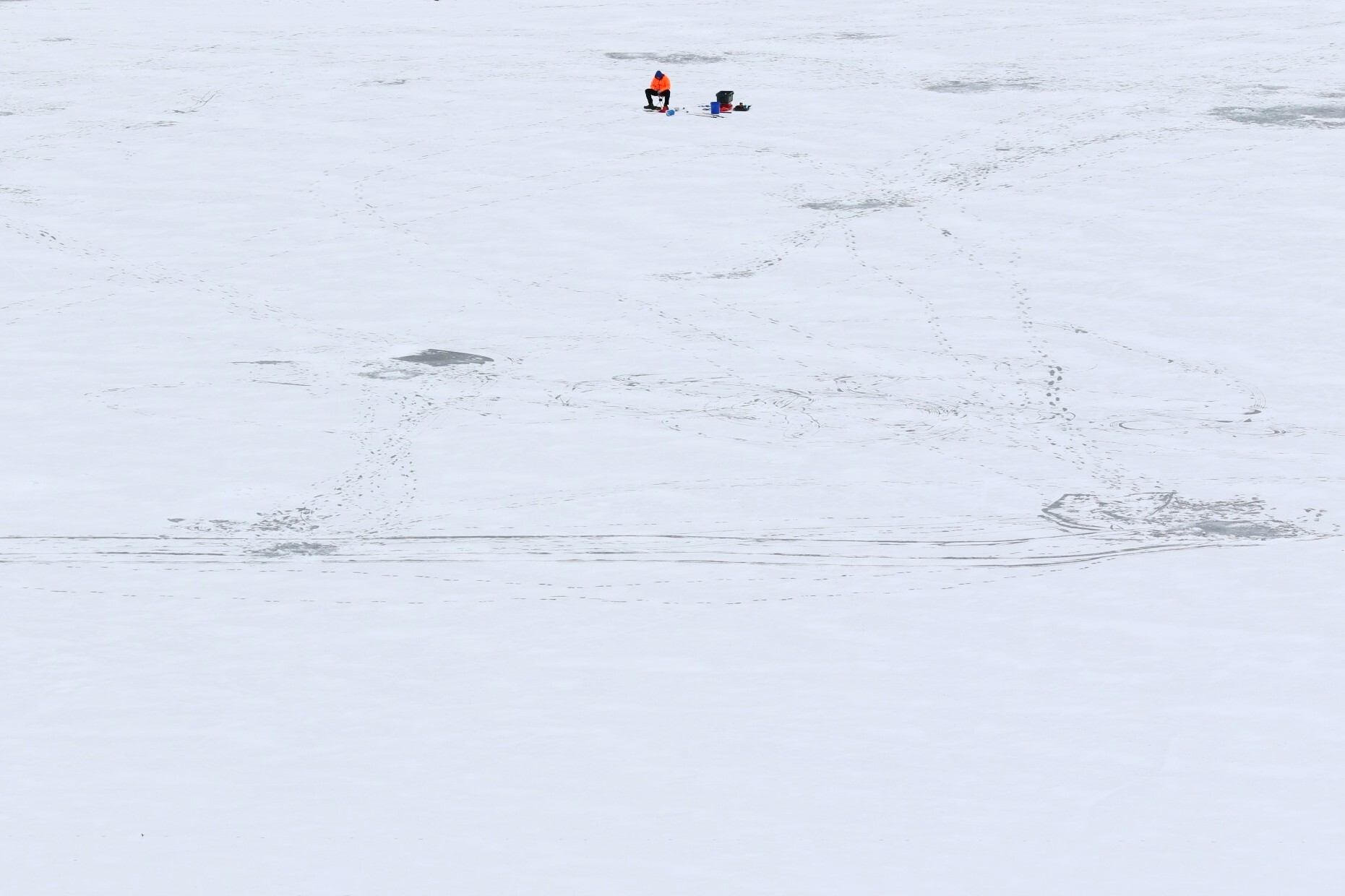
The polar vortex made its way to Colorado, and it's been really cold. People are getting frostbite after weekend temps dipped below zero, and some utility companies had to urge customers to conserve power when the extreme cold created a regional shortage of energy.
So, what is the polar vortex and why is it doing this to us?
The polar vortex is cold air that usually circulates around the North and South poles. The jet stream that keeps the cold air moving counter-clockwise and close to the poles can weaken when its winter in the Northern Hemisphere.
That sends cold Arctic air southward, which just led to the coldest air in decades across the United States. Dallas dipped to 5 degrees, the coldest temperature the city has seen since 1989. And Oklahoma City hit 6 degrees below zero, the city's coldest temperature since 1989, according to CNN.
A record cold snap does not mean global warming isn't happening, of course. And as the New York Times reports, this shocking cold wave could be connected to climate change. Some research finds that as the Arctic warms, it might weaken that jet stream even more so, which would let cold air move south.
Other researchers aren't so sure.
"I would be nervous to draw that conclusion," said Isla Simpson, a scientist in the climate and global dynamics laboratory at the National Center for Atmospheric Research in Boulder. "I don't think the evidence is really there to support it."
Simpson said that there's just as much, "if not more," research that shows climate change won't affect the range of the polar vortex. What's more certain, she said, is that as the Arctic warms with climate change it means whatever air moves south will also be warmer.
"Because of just that change in the temperature gradient, we should expect cold extremes like this to become less frequent," Isla said, referring to the cold weather that just covered much of Colorado.









